As scientists, we talk to each other, but we all already agree that biodiversity and conservation is crucial to the continued functioning of forest ecosystems. We need to talk to the wider community, and tell them why we should all save the forests we love.
Take 18 minutes out of your Friday to watch the video below, and let your mind wander about all the possibilities!
http://www.youtube.com/watch?v=rN7VcY1f-1Q
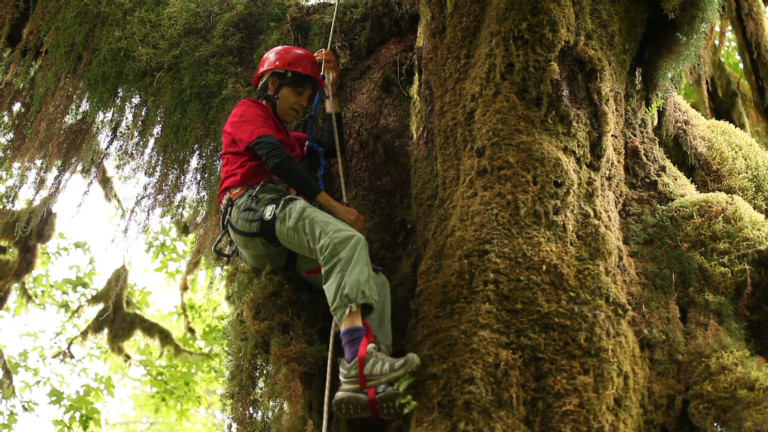
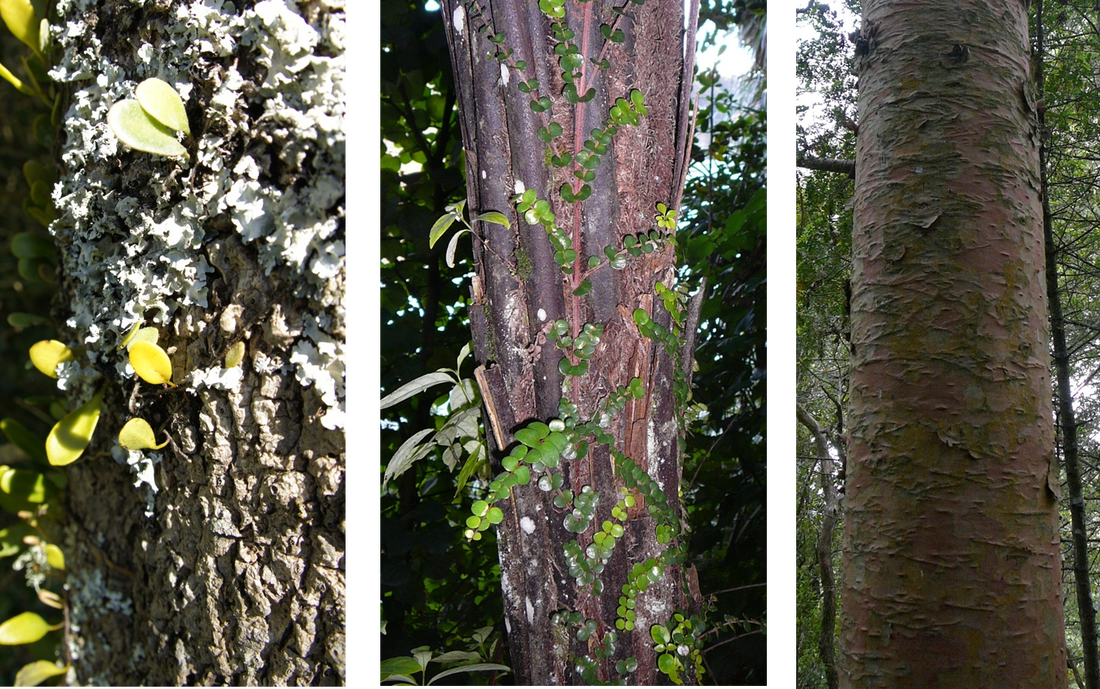
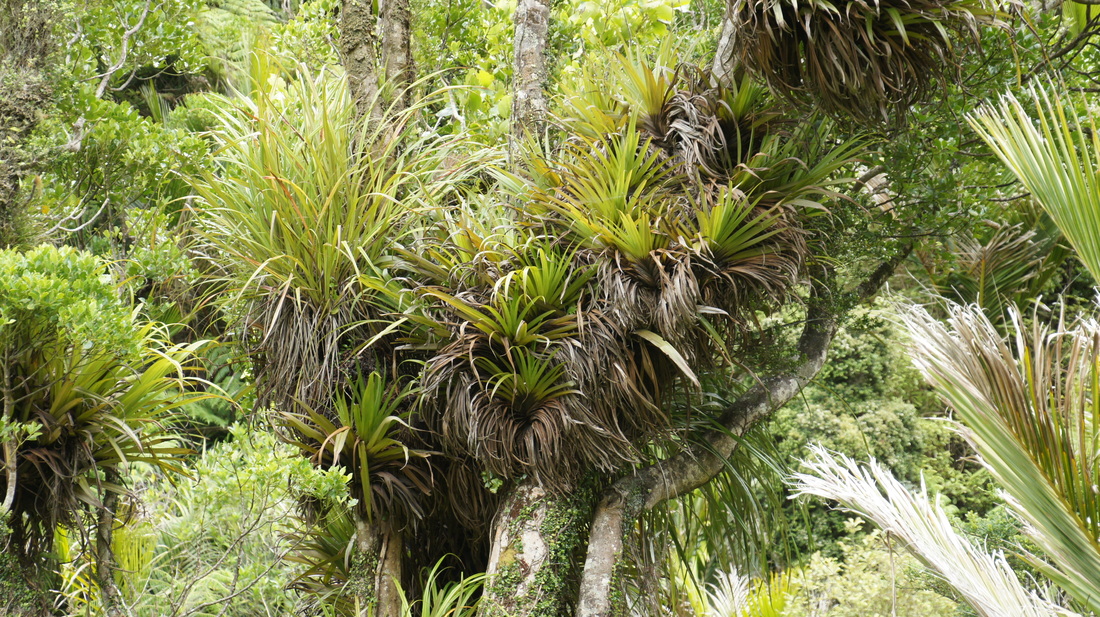
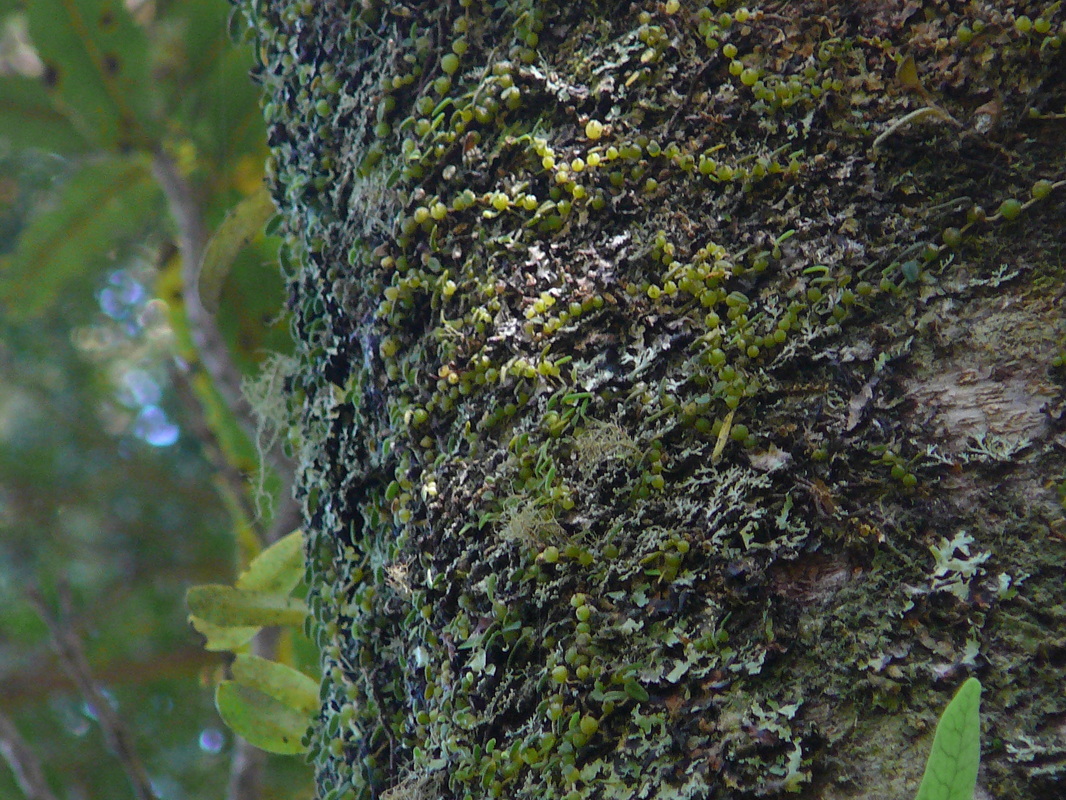
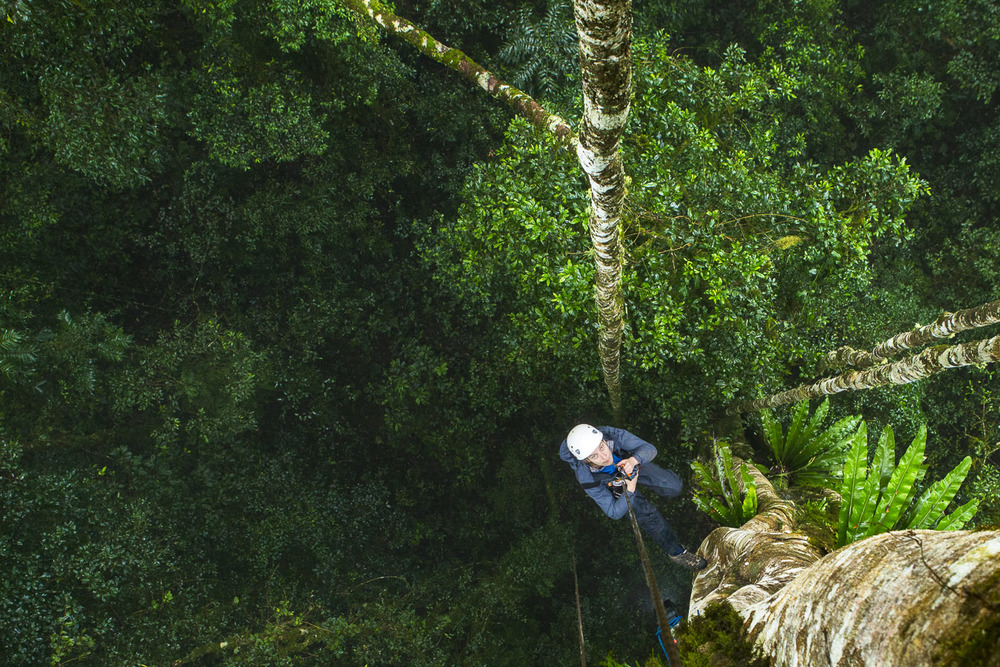

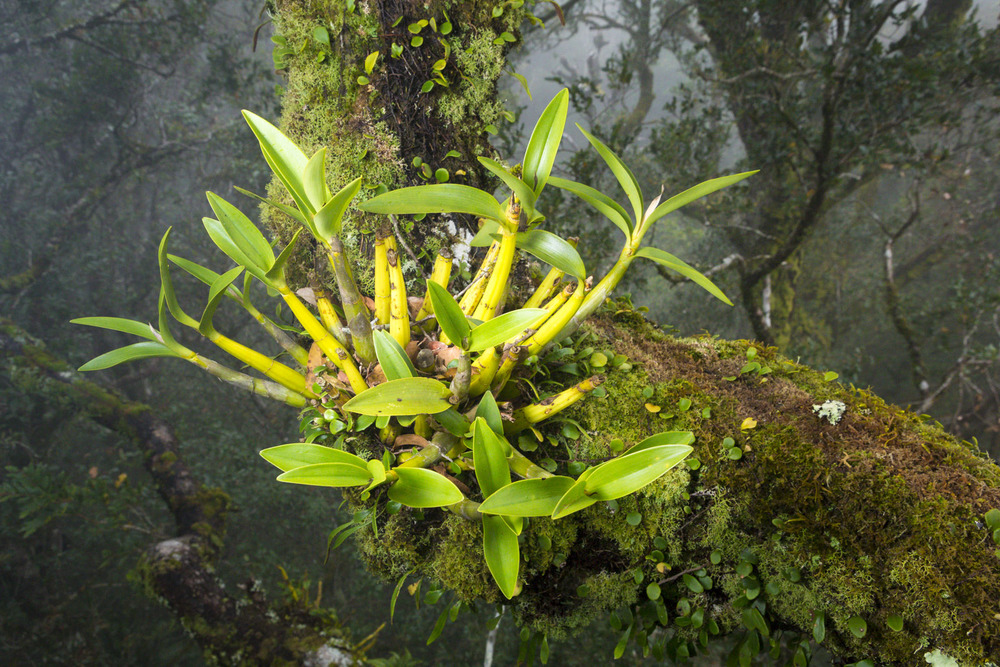
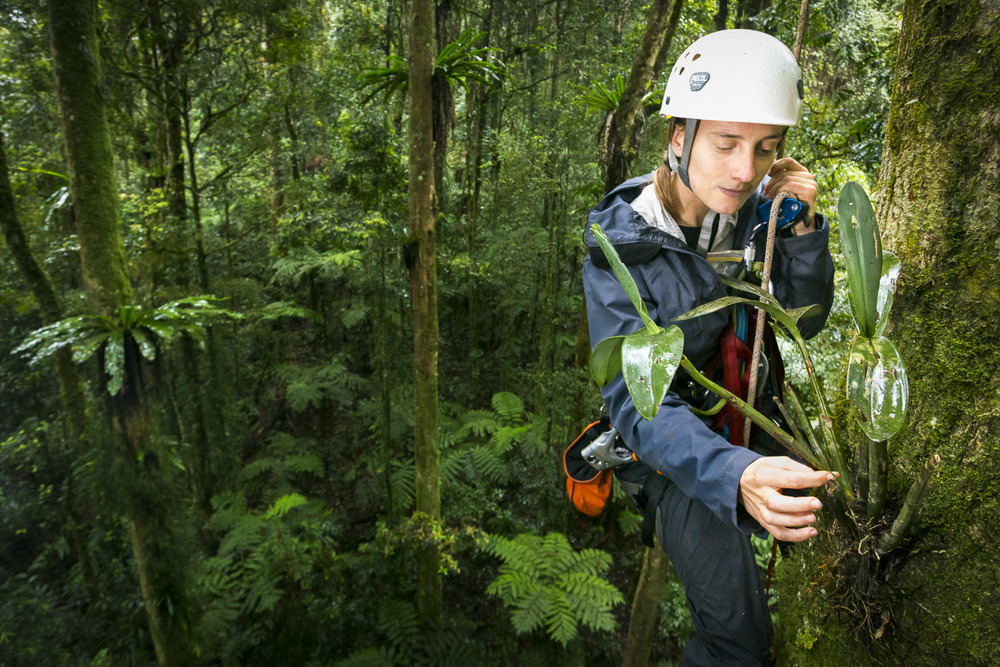
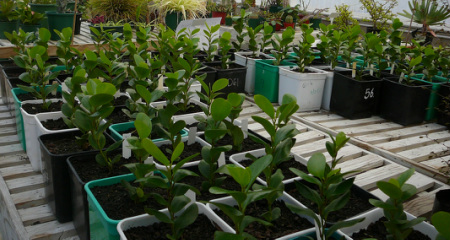
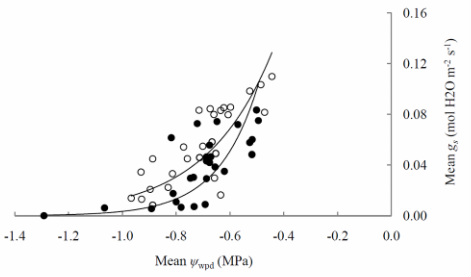
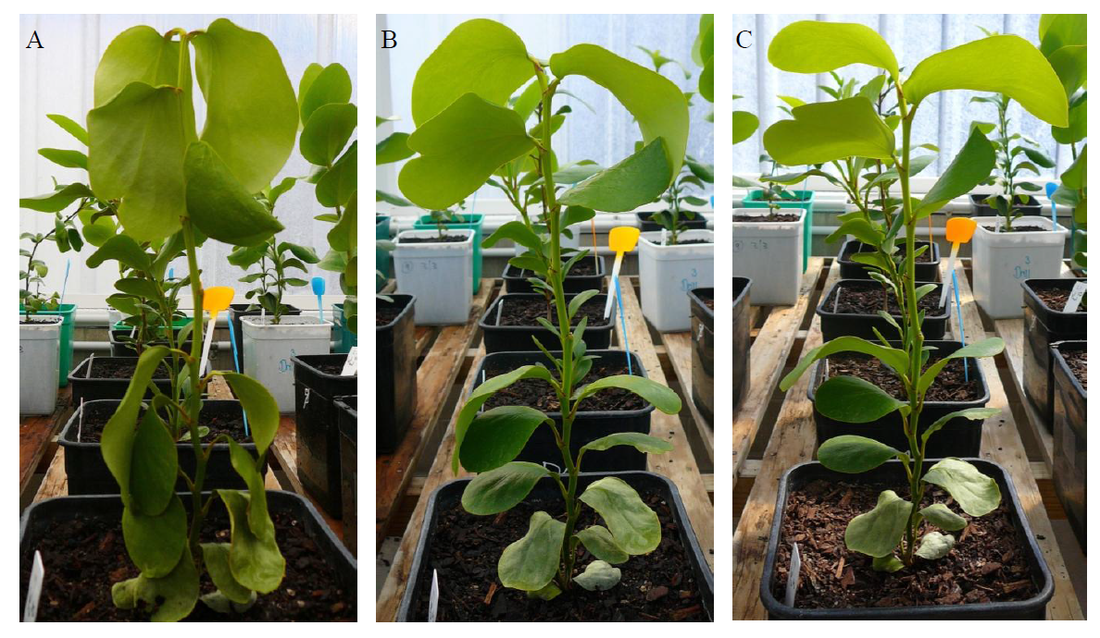

 RSS Feed
RSS Feed
